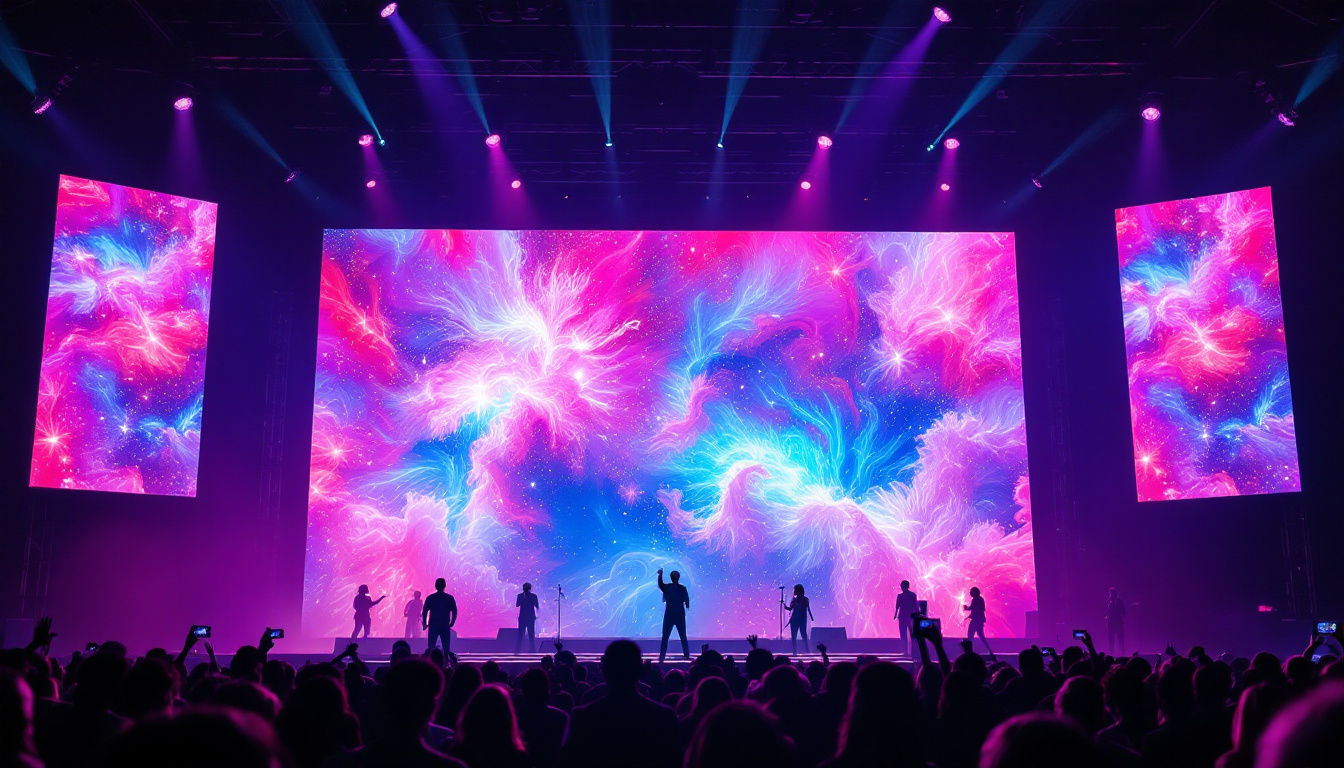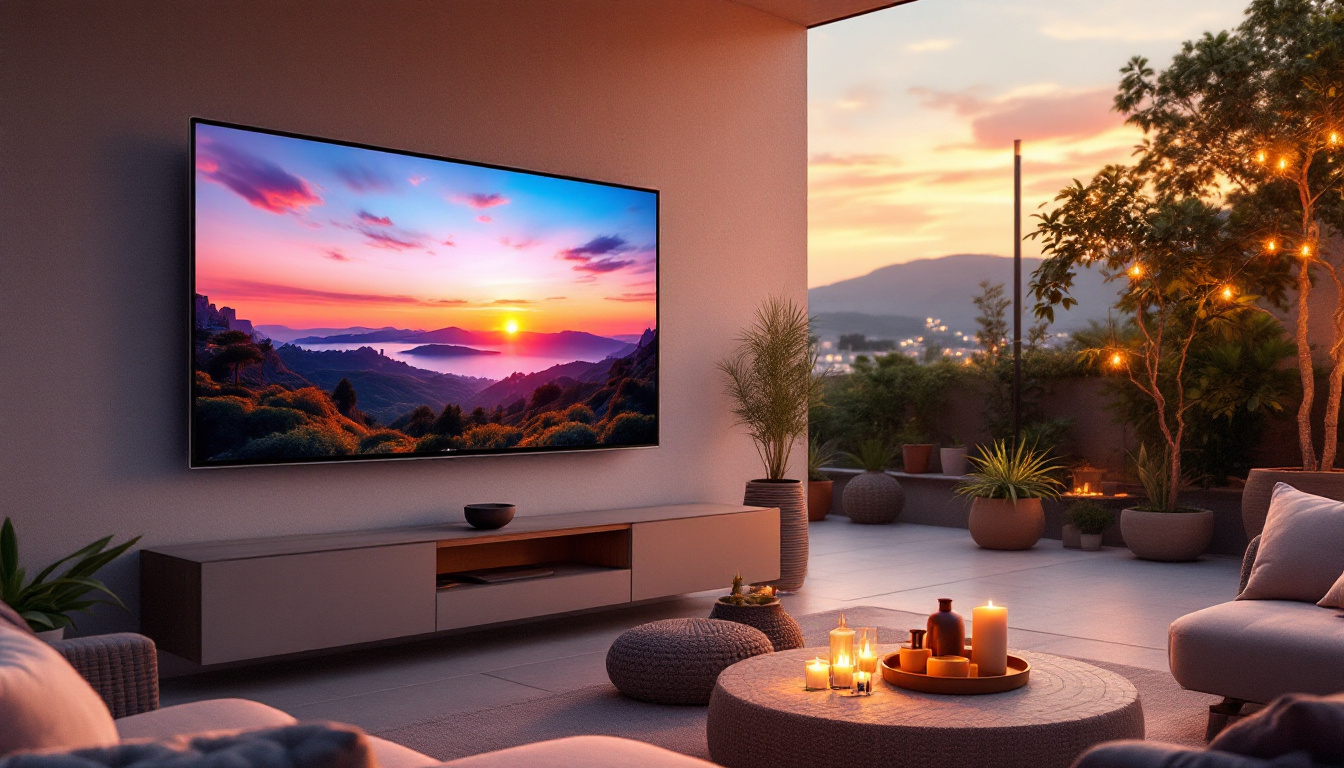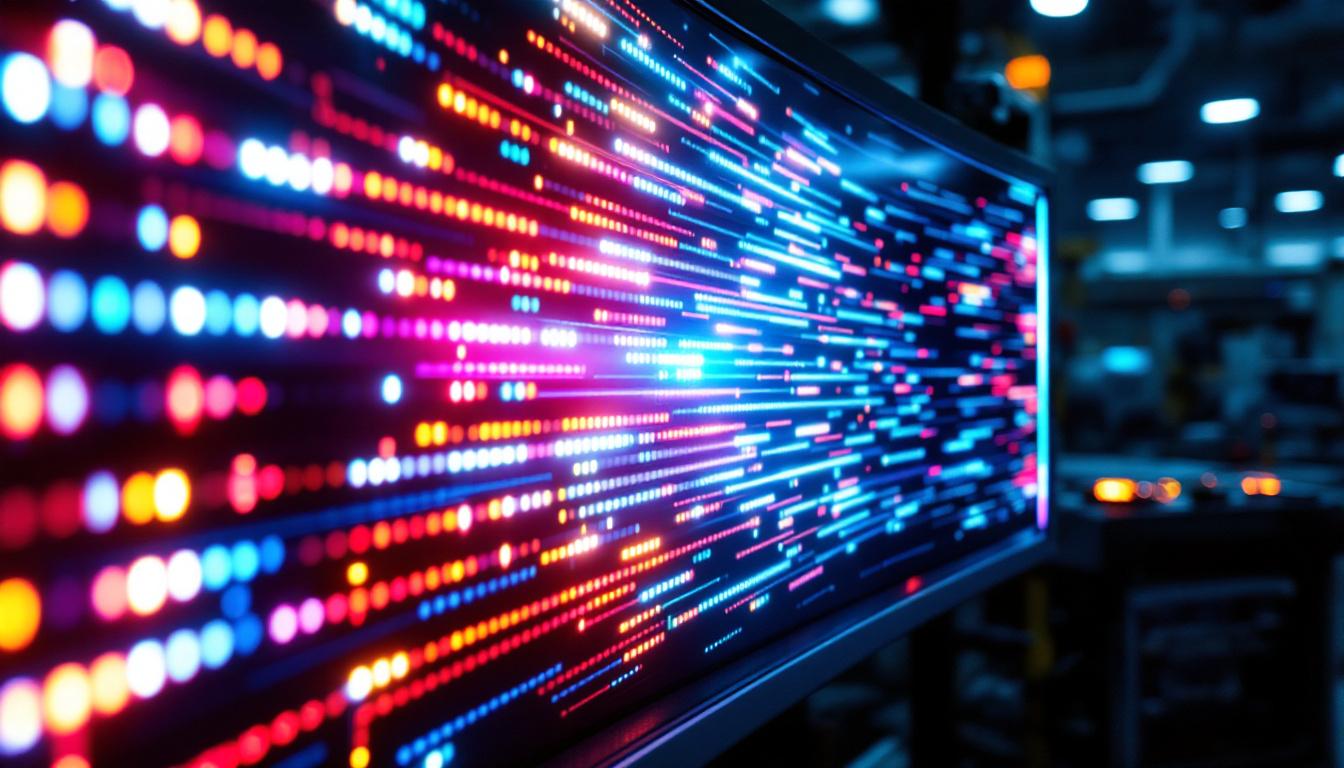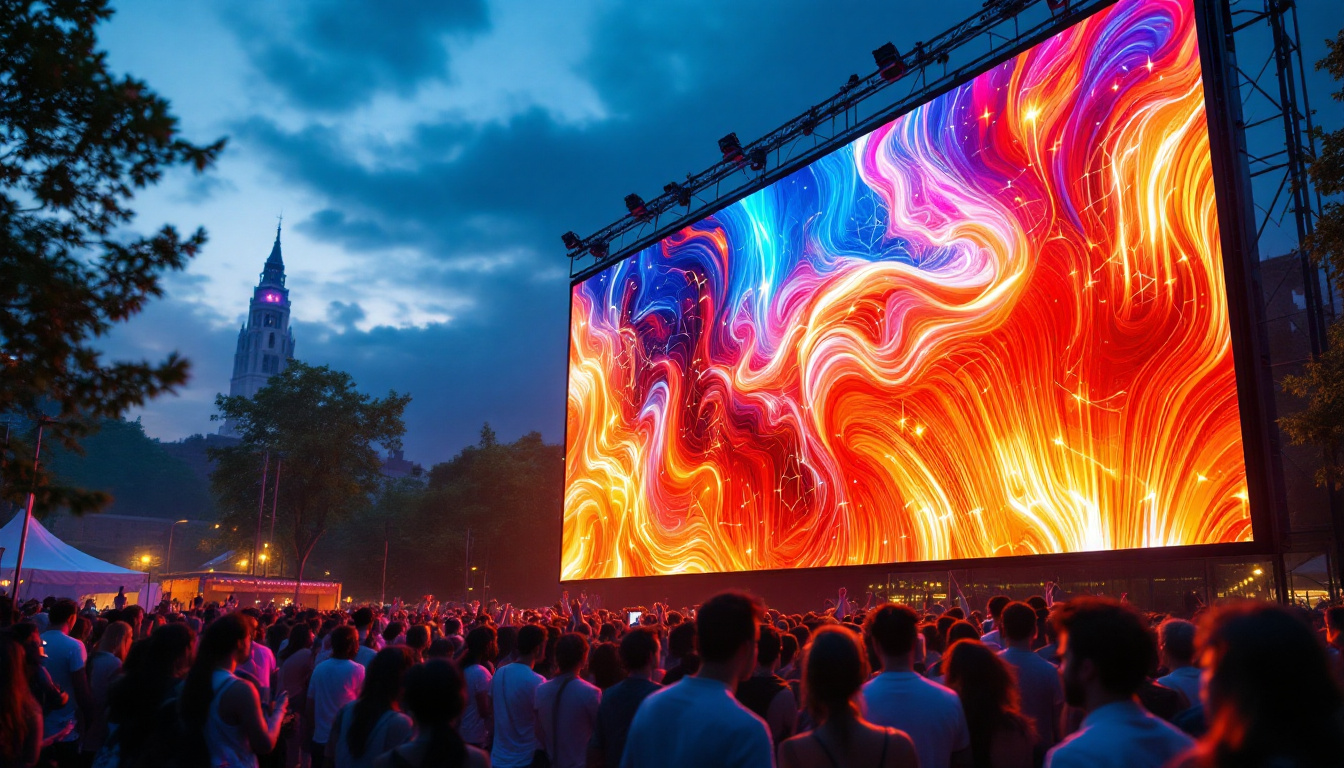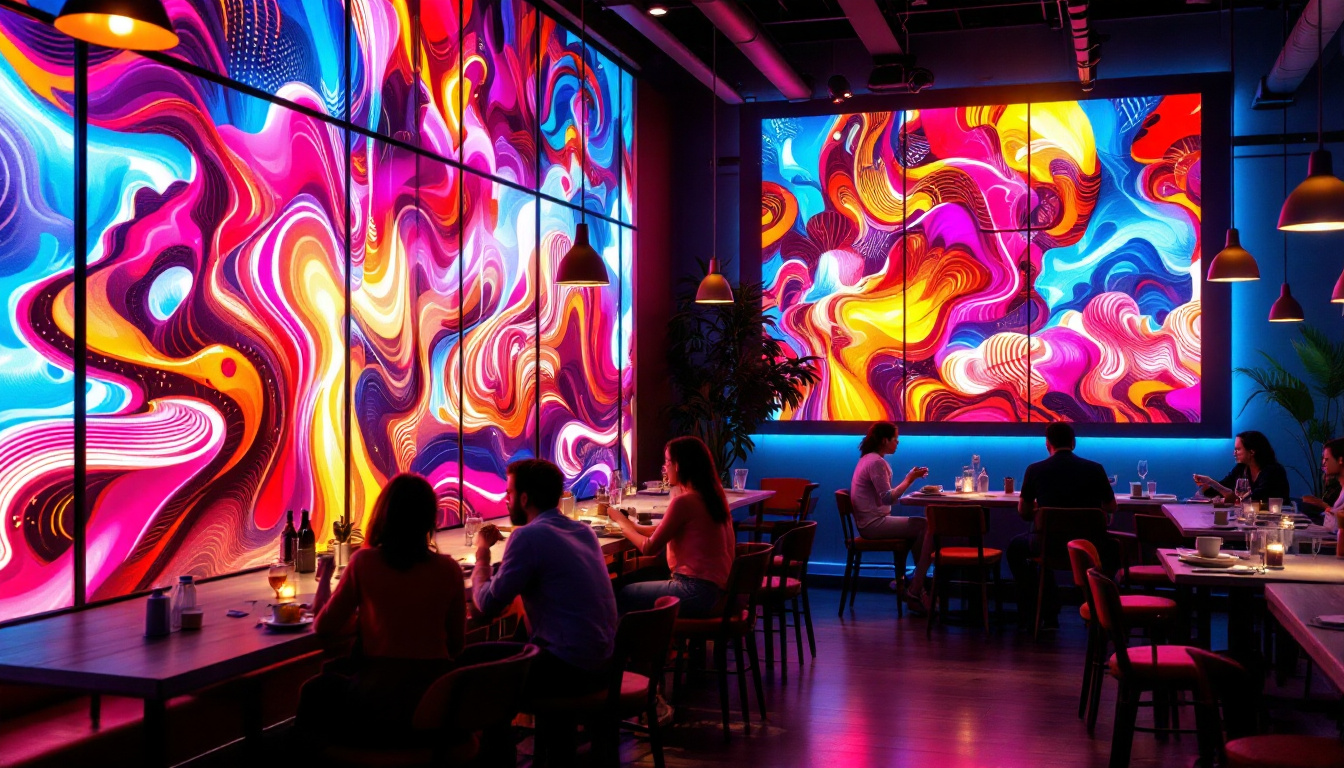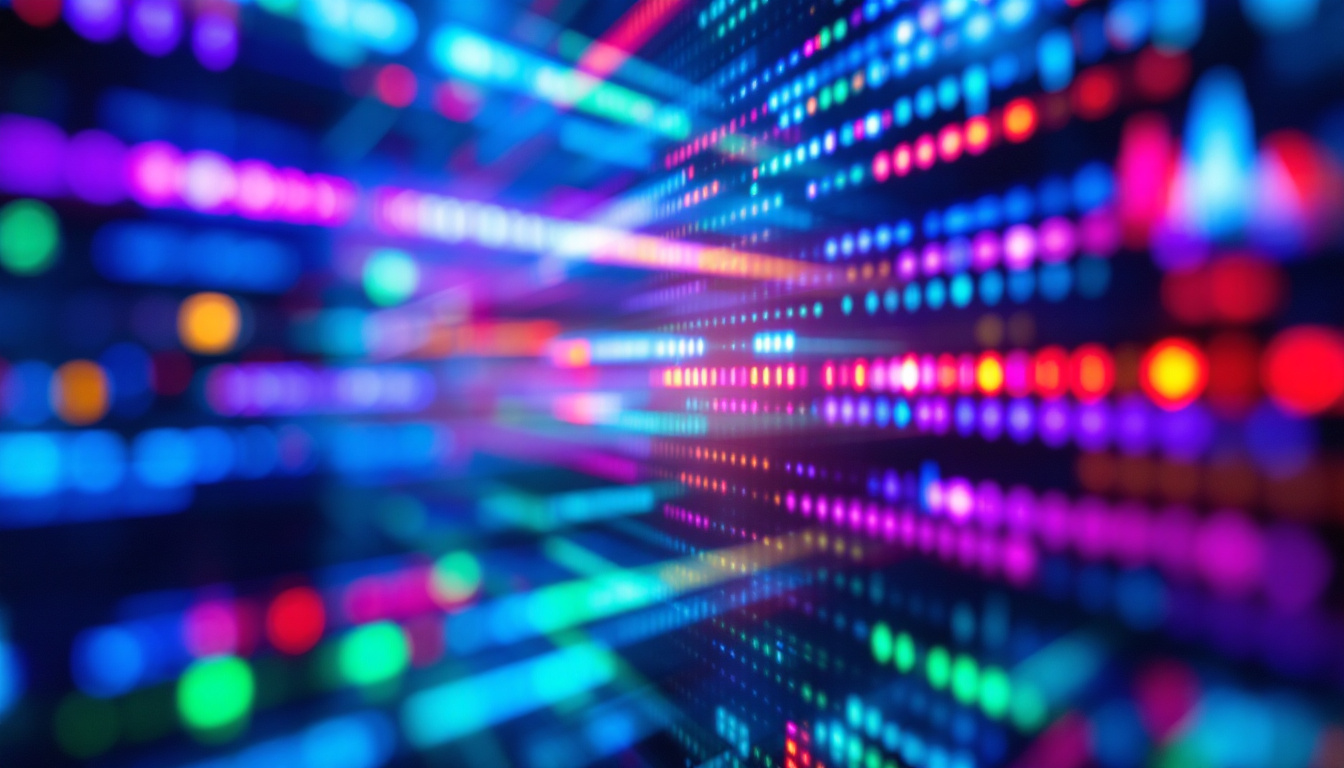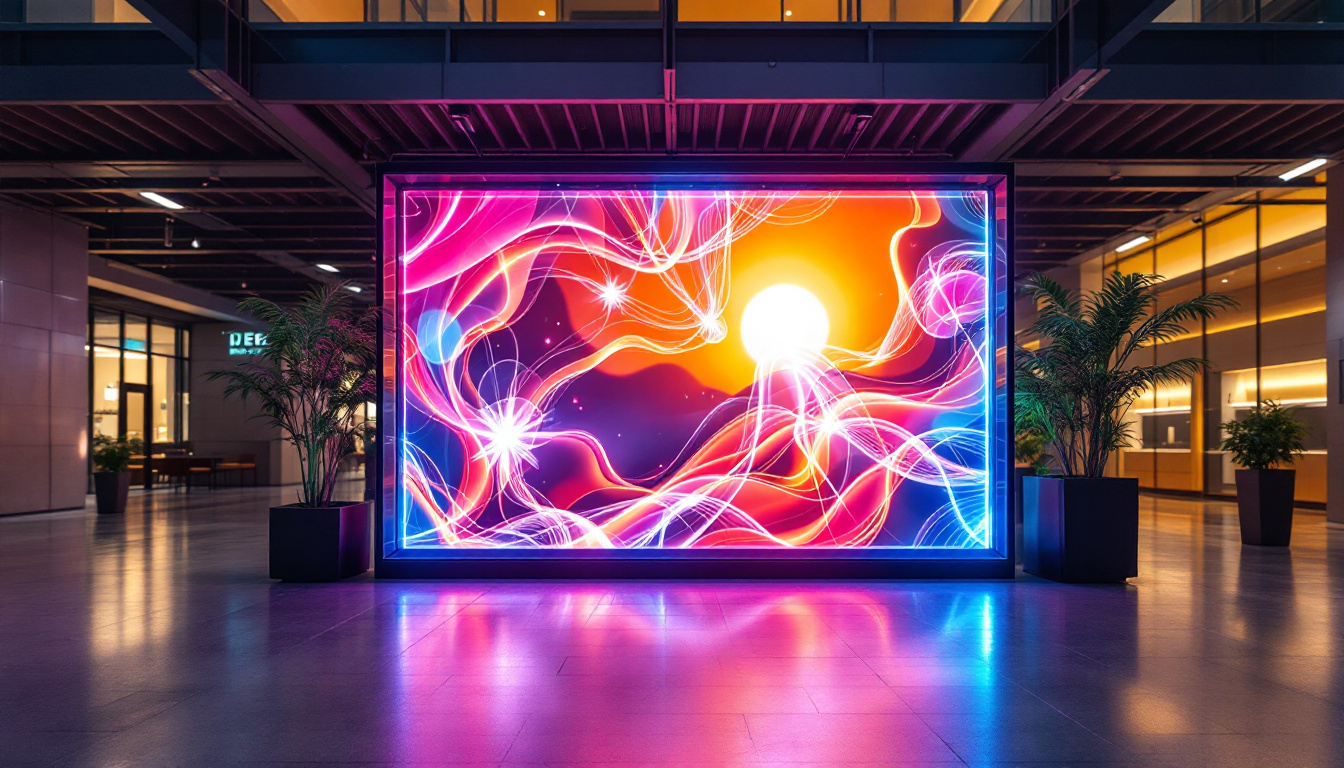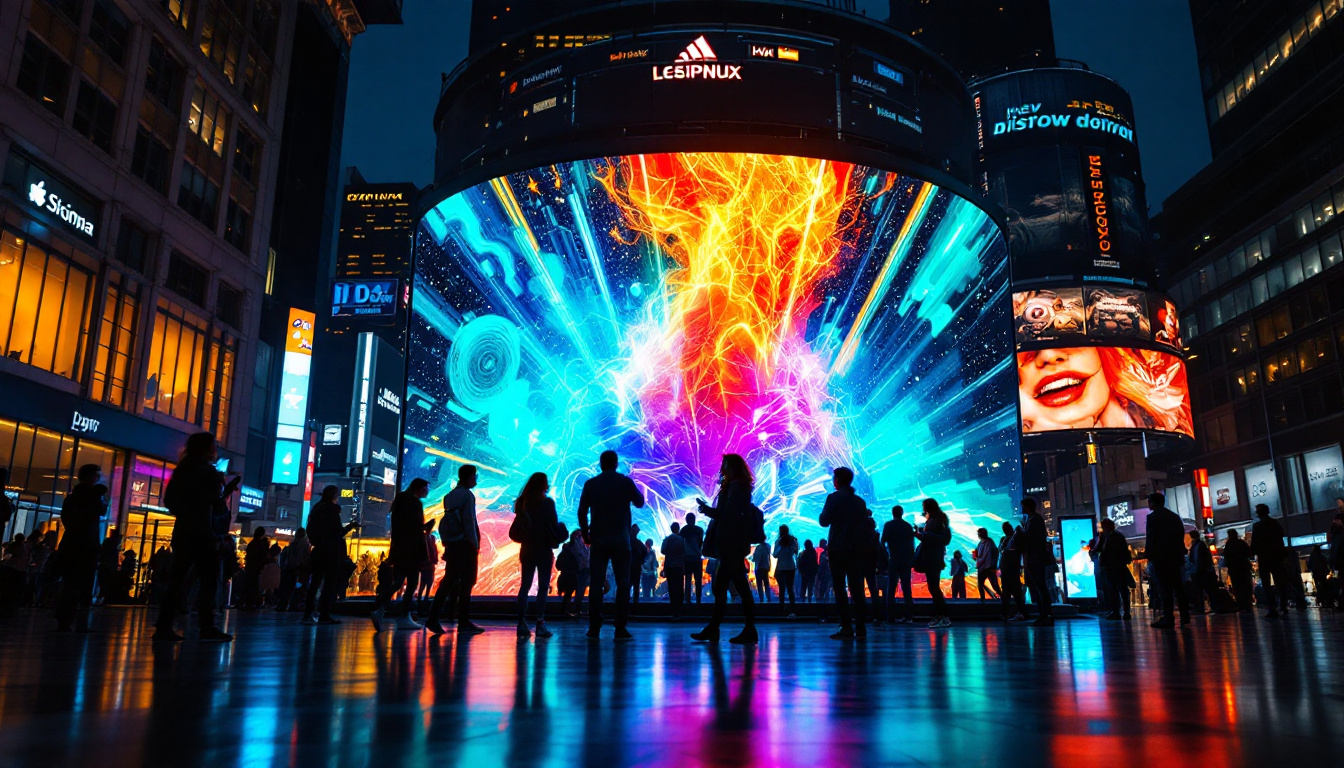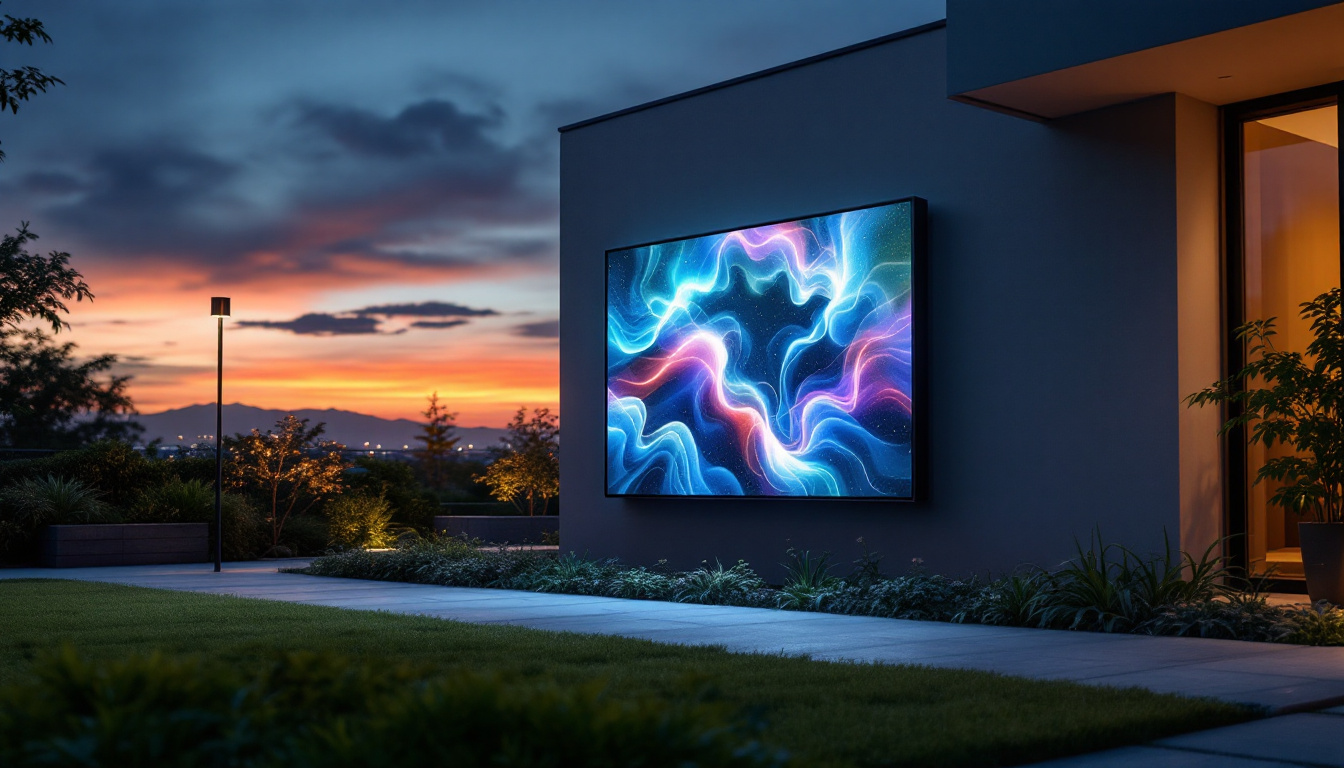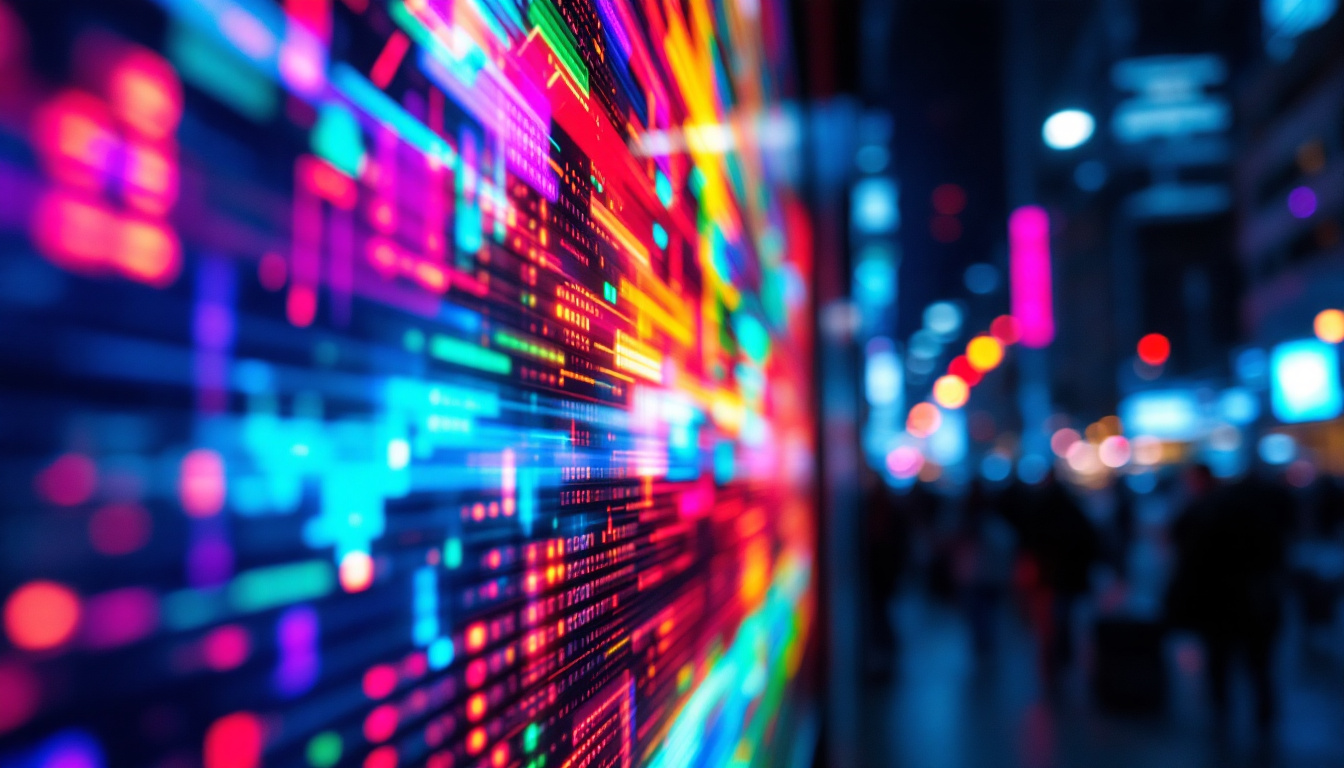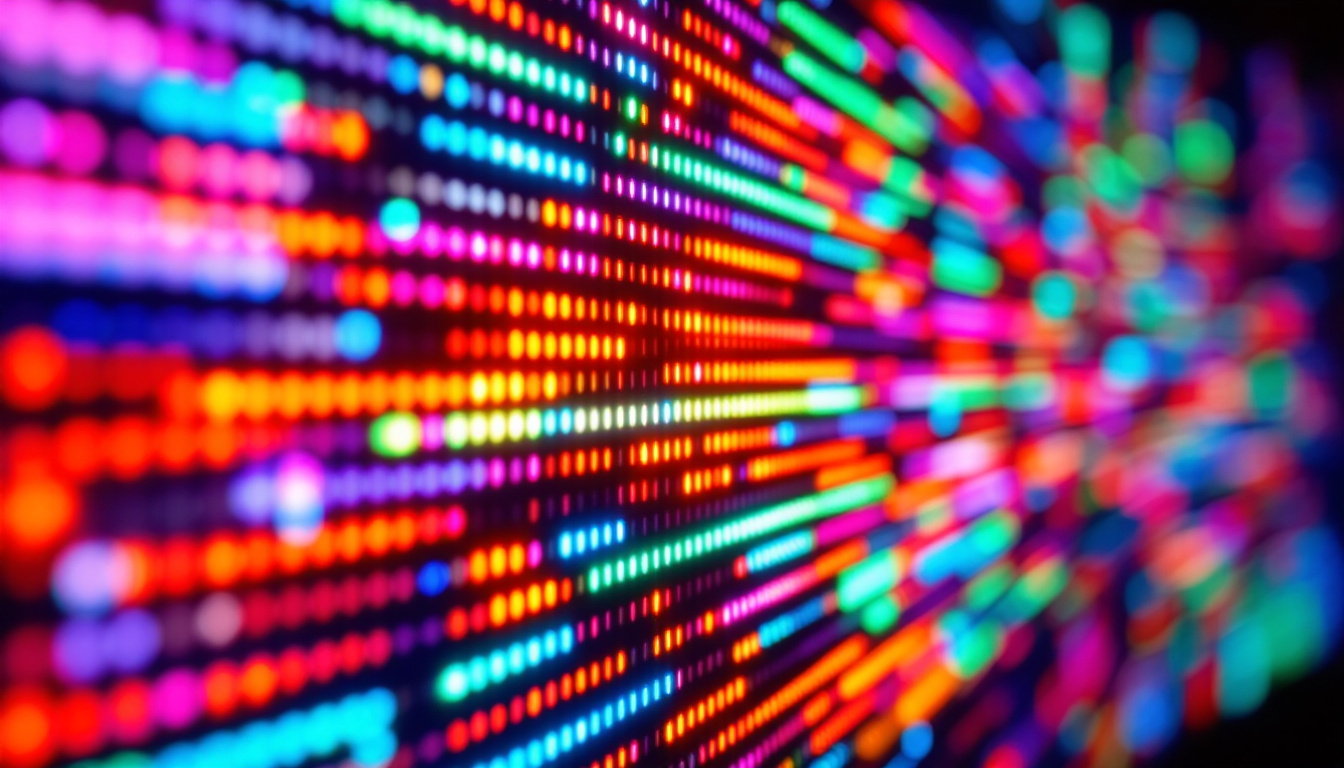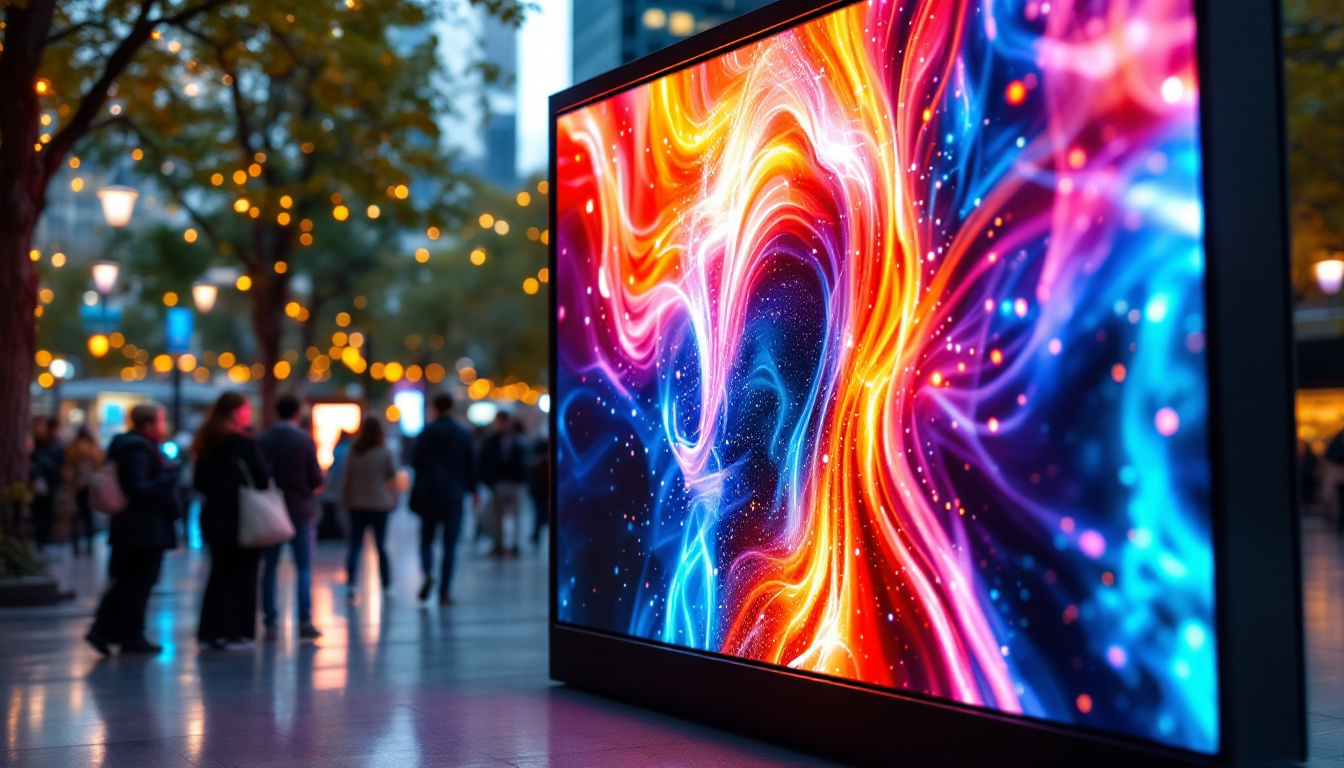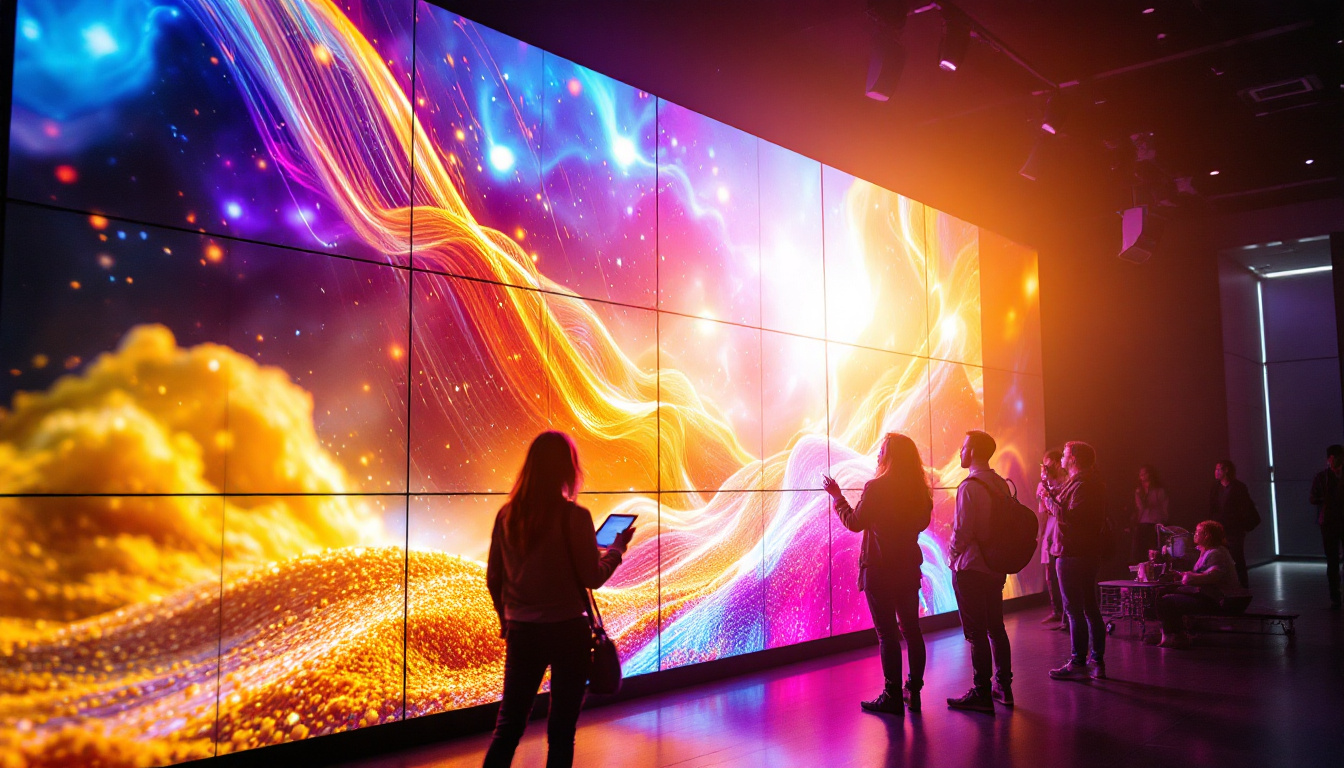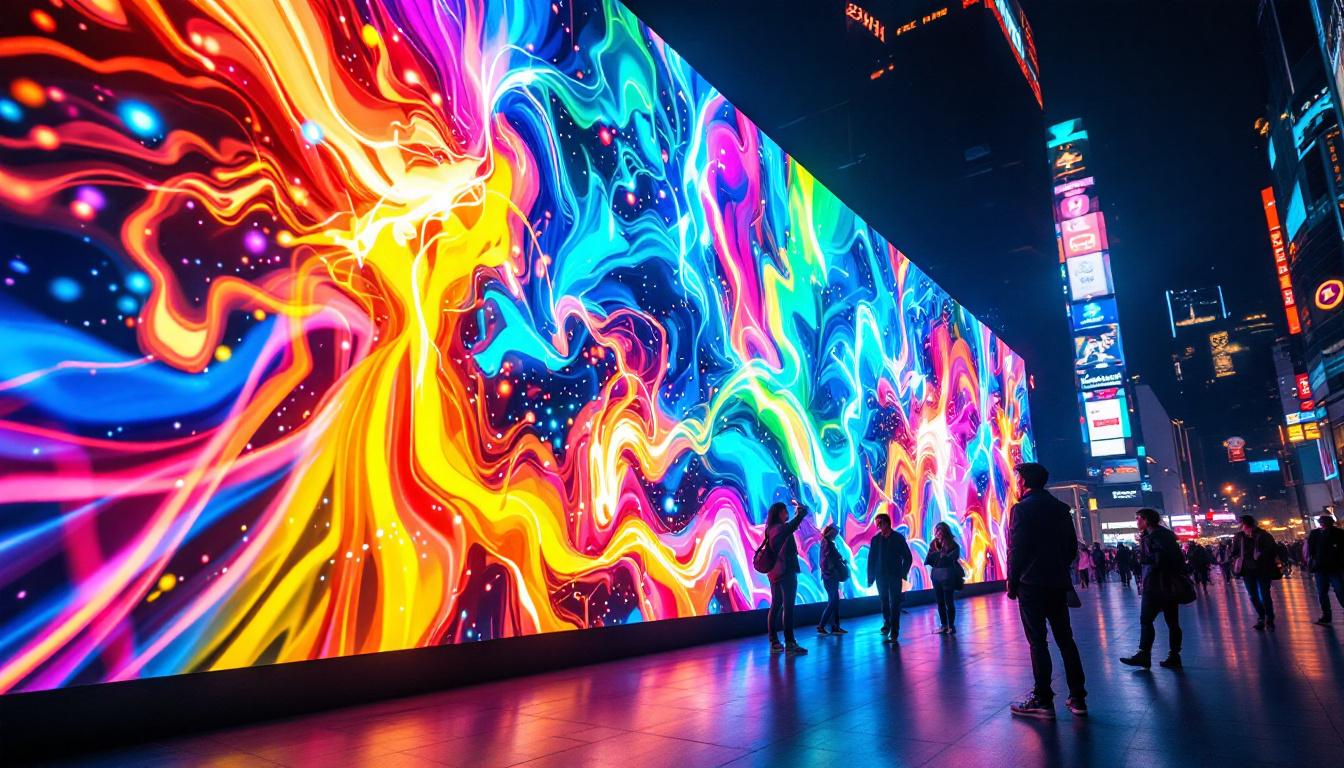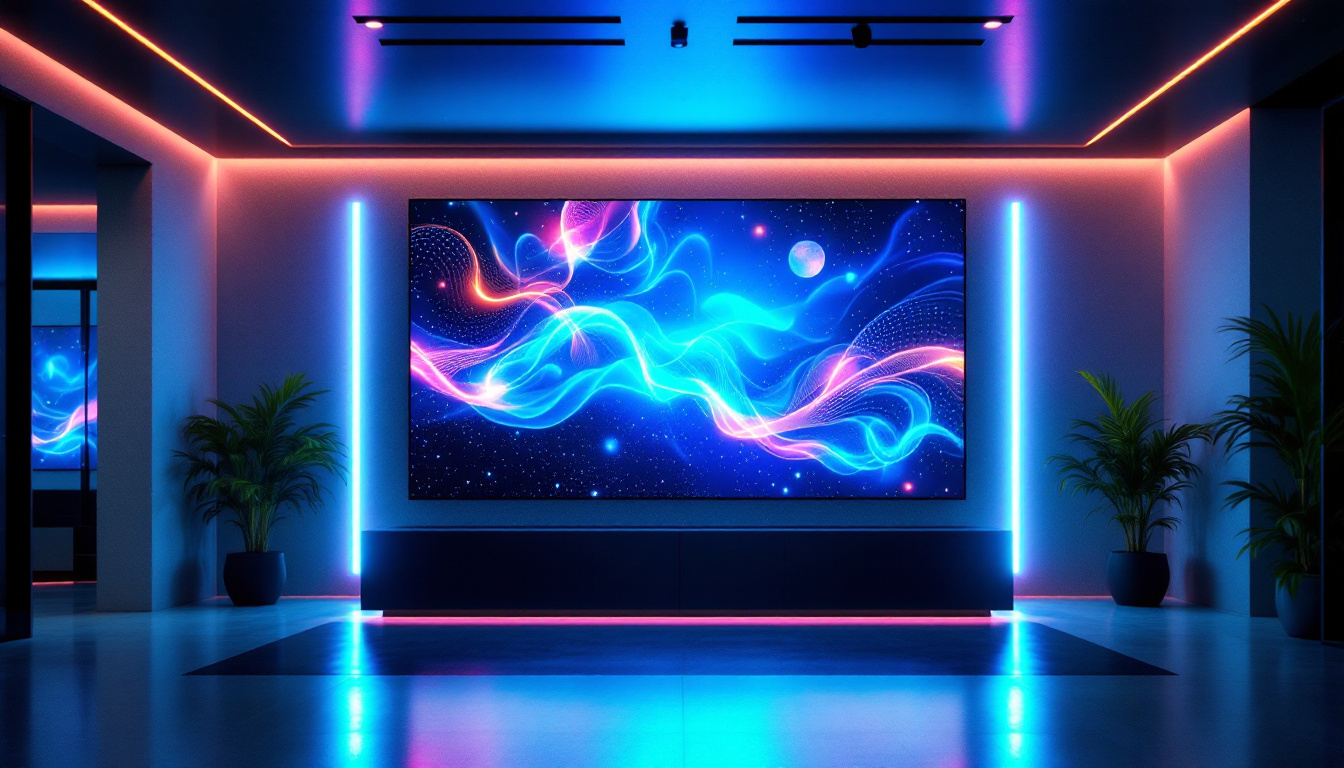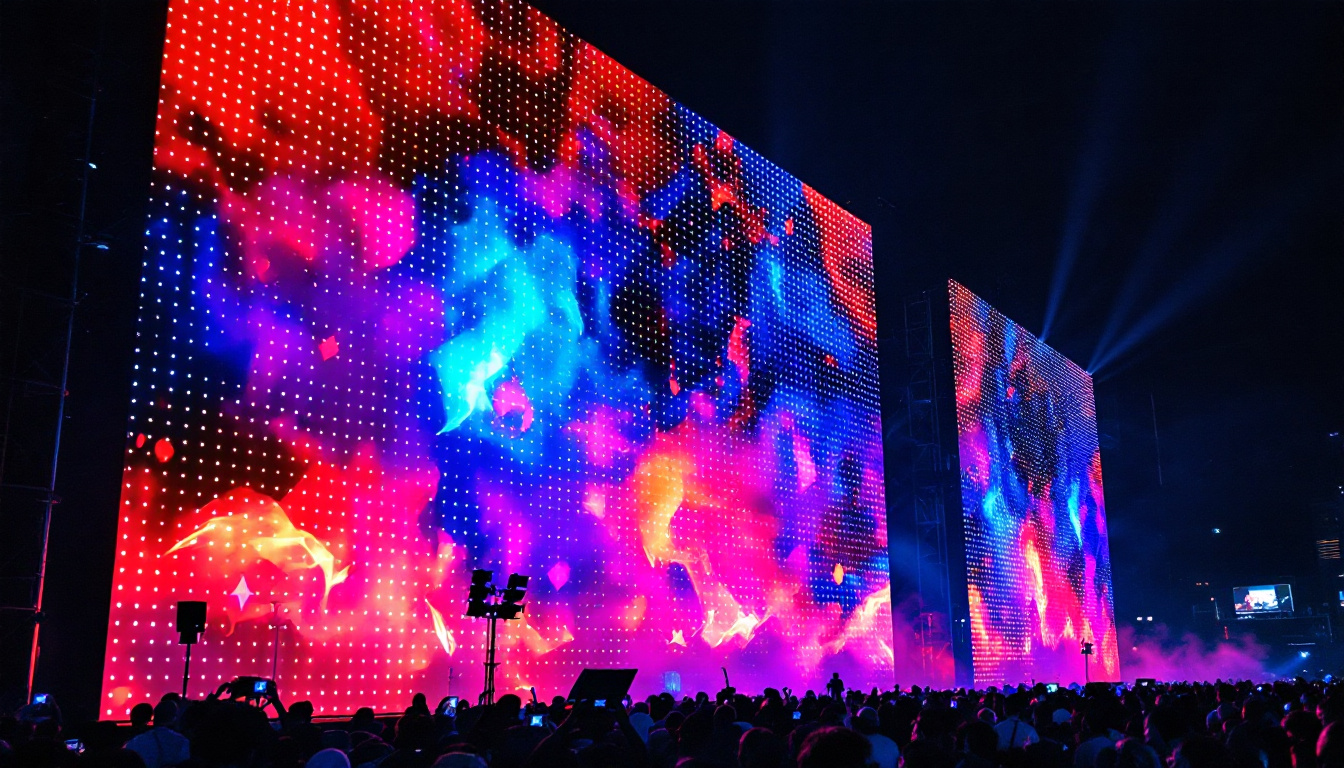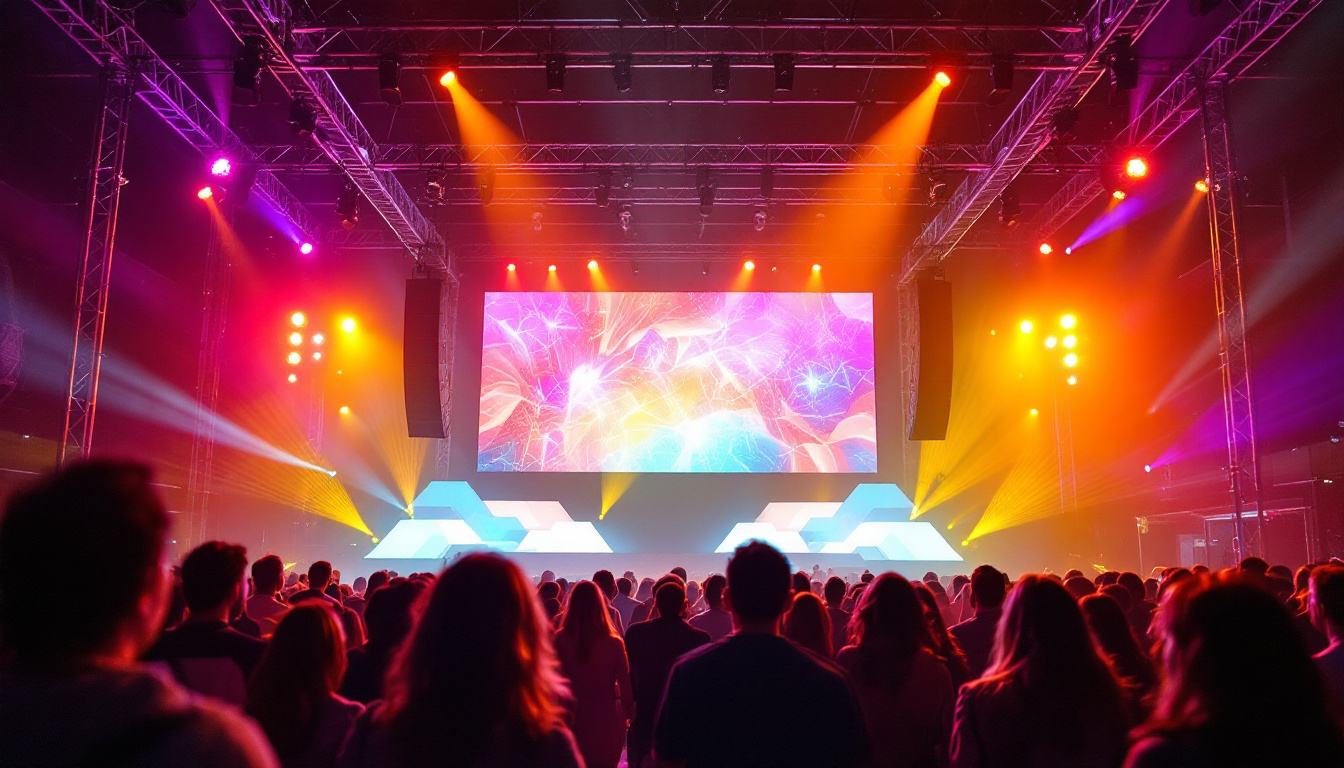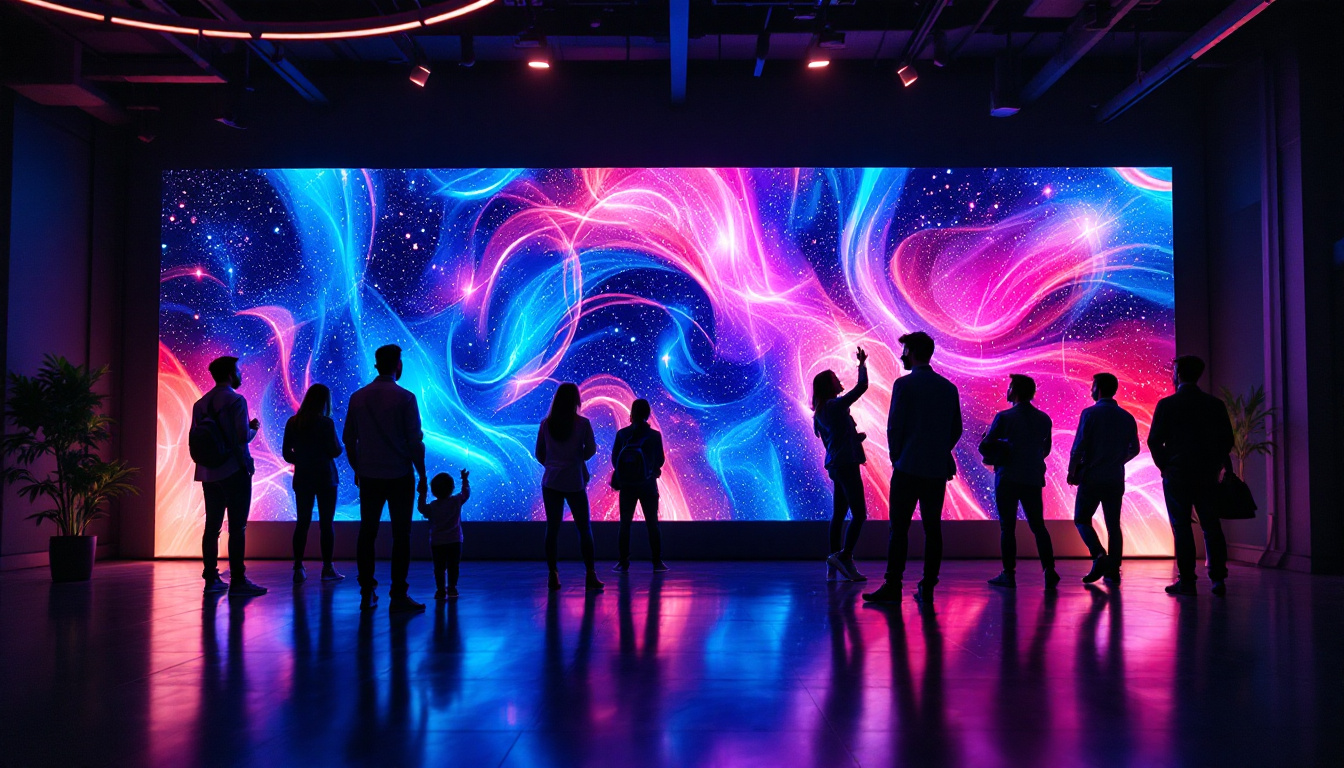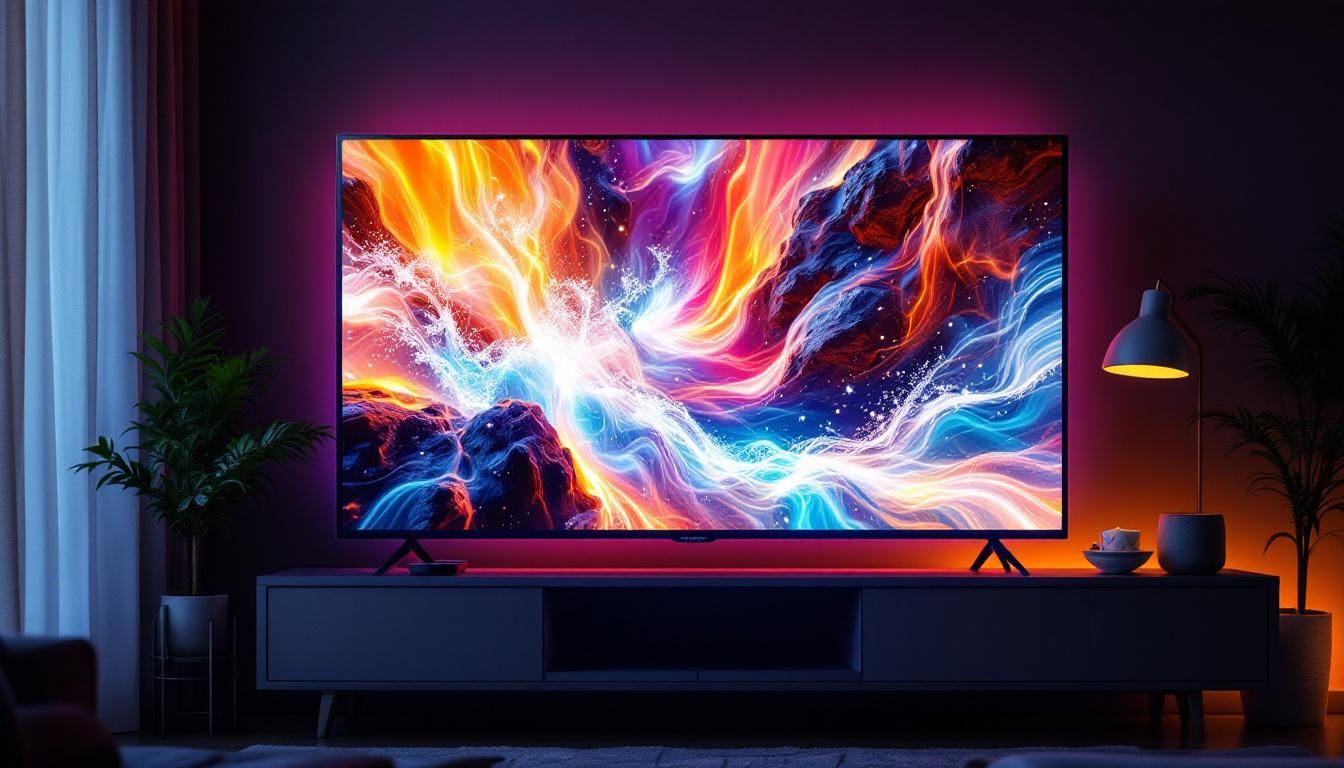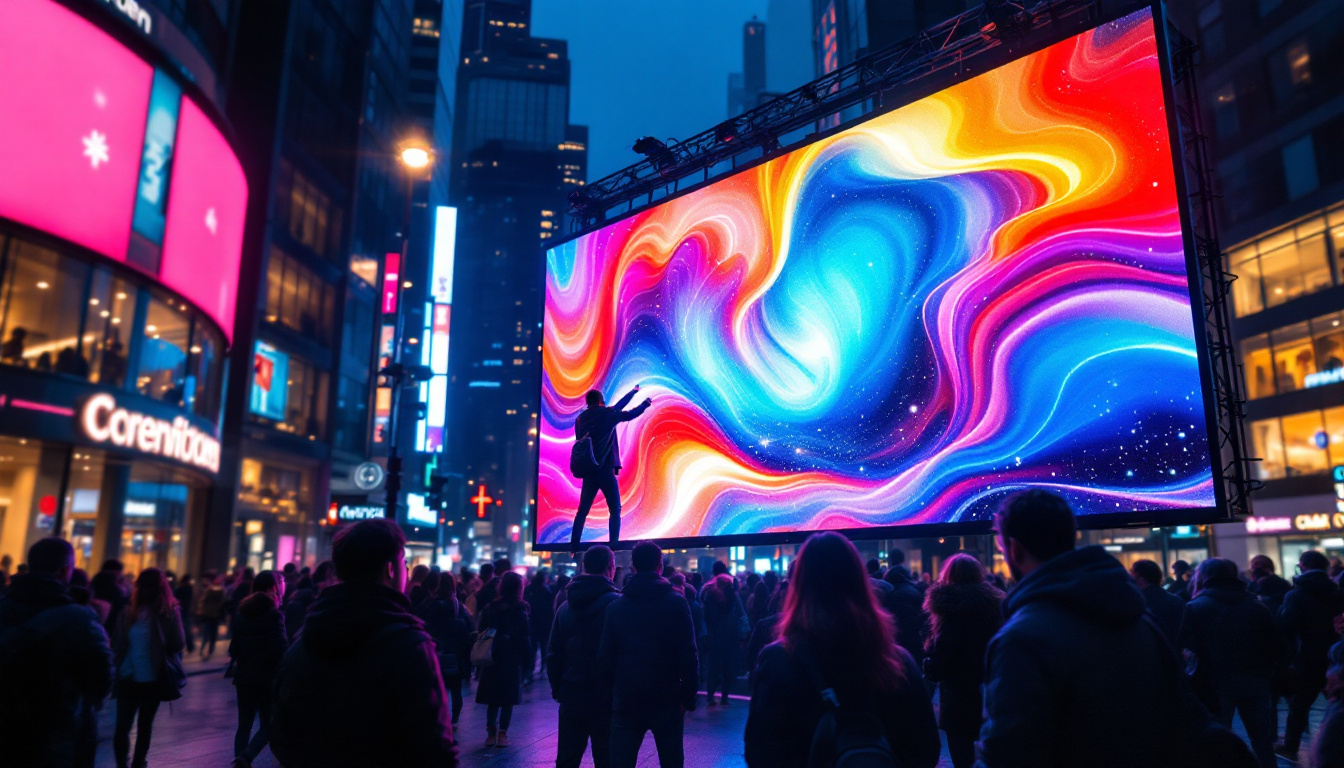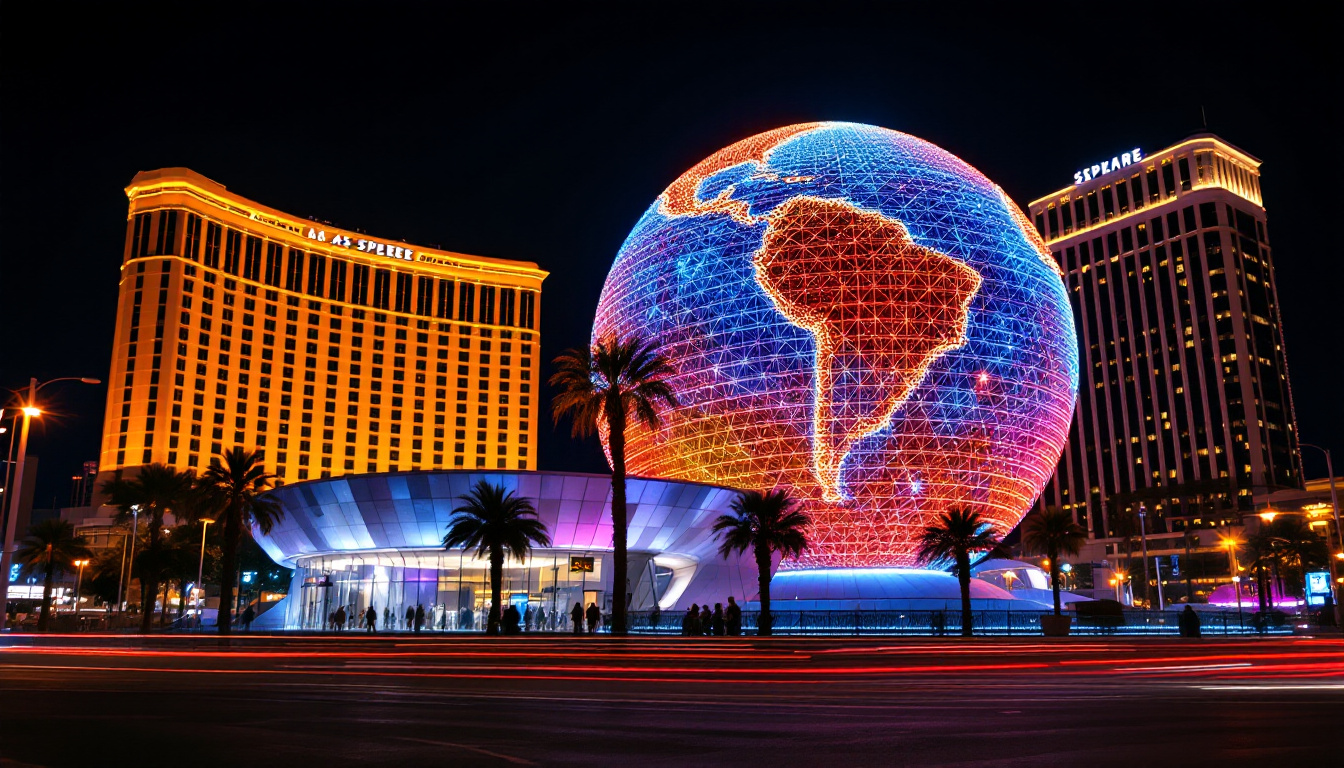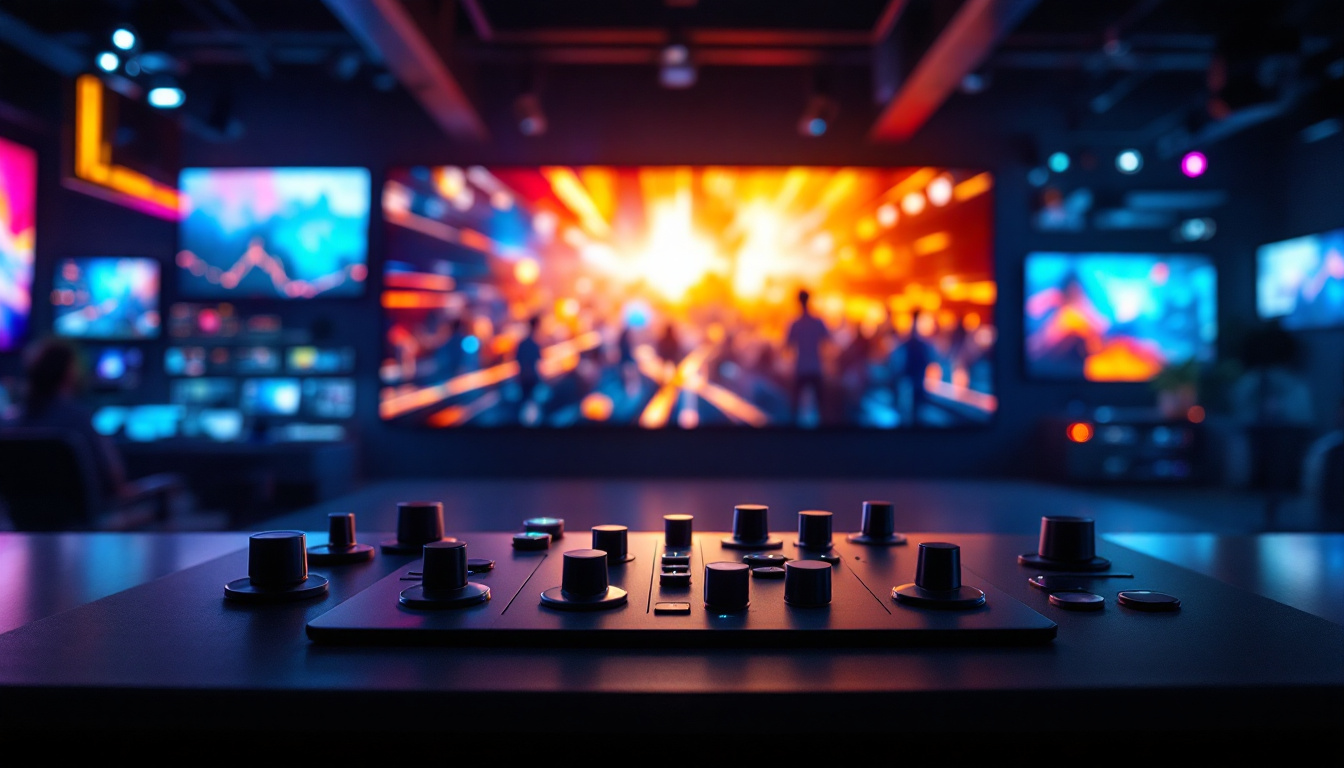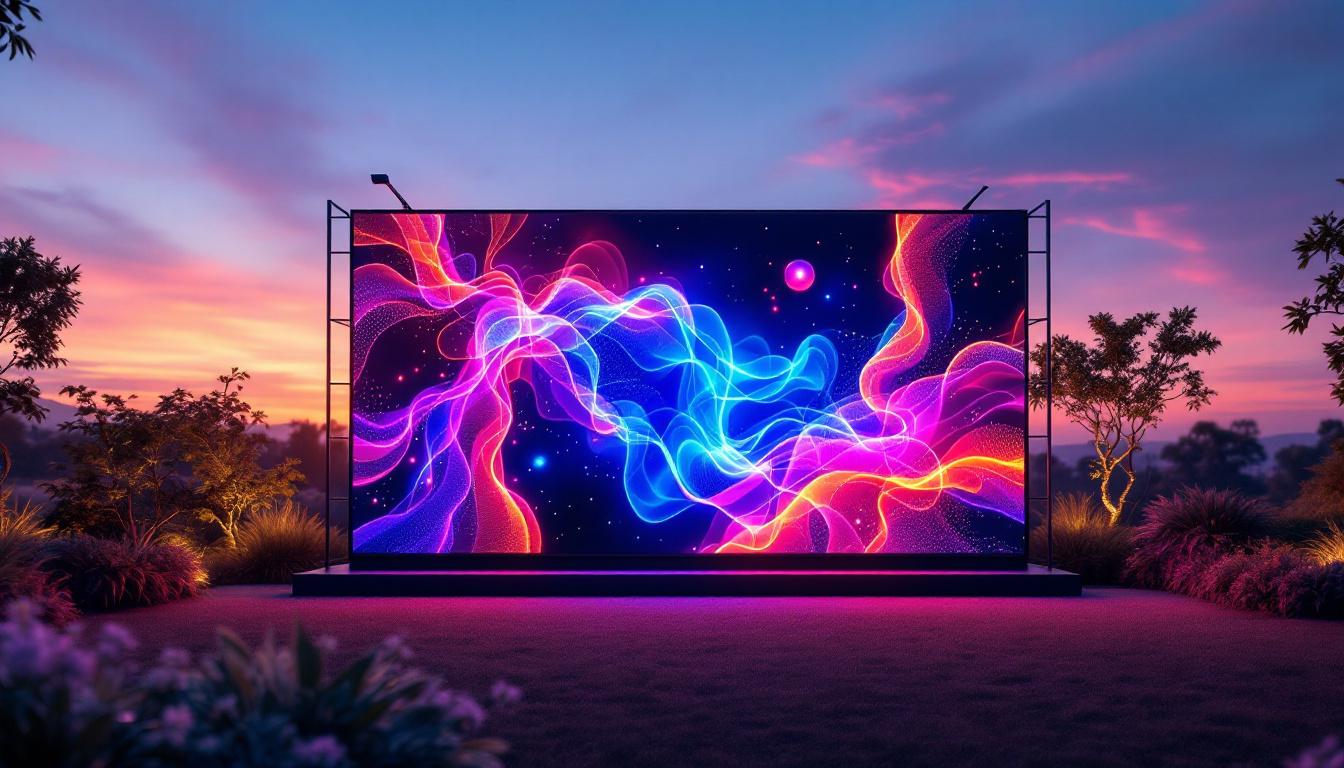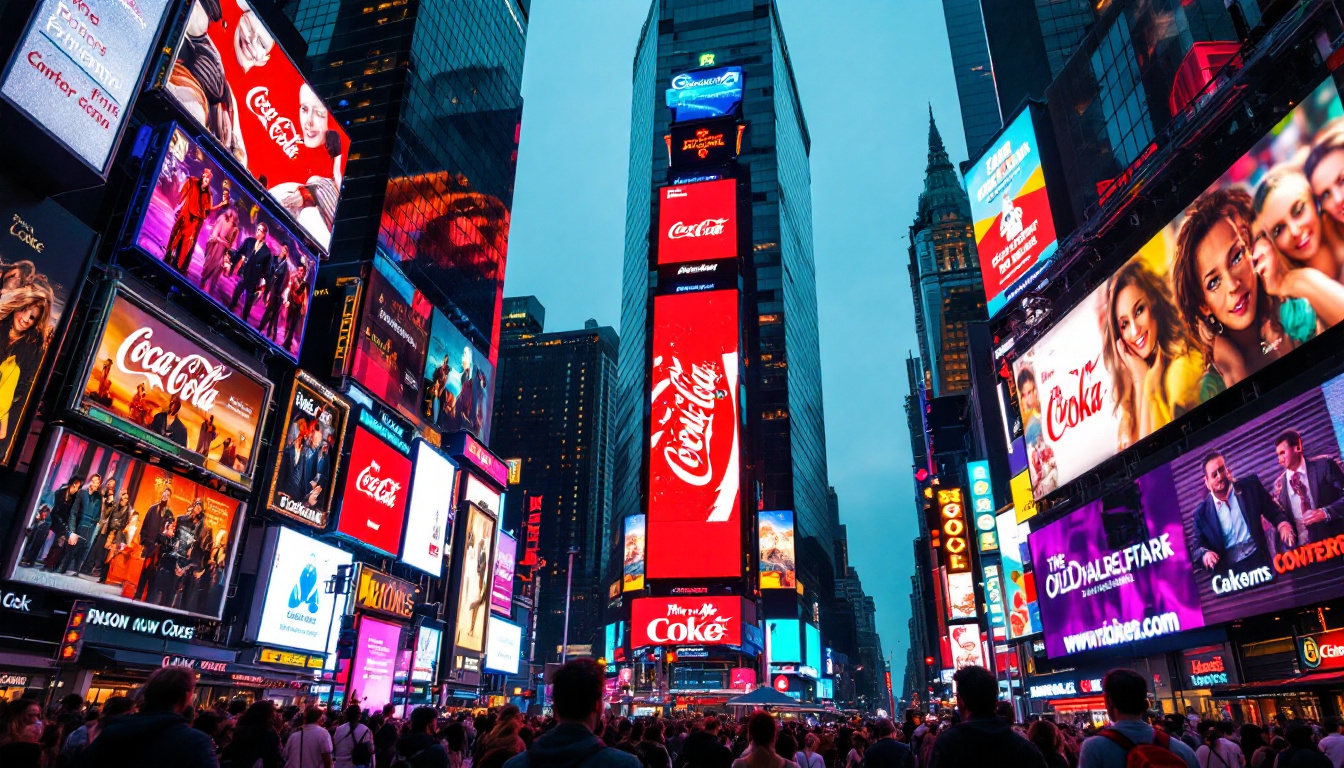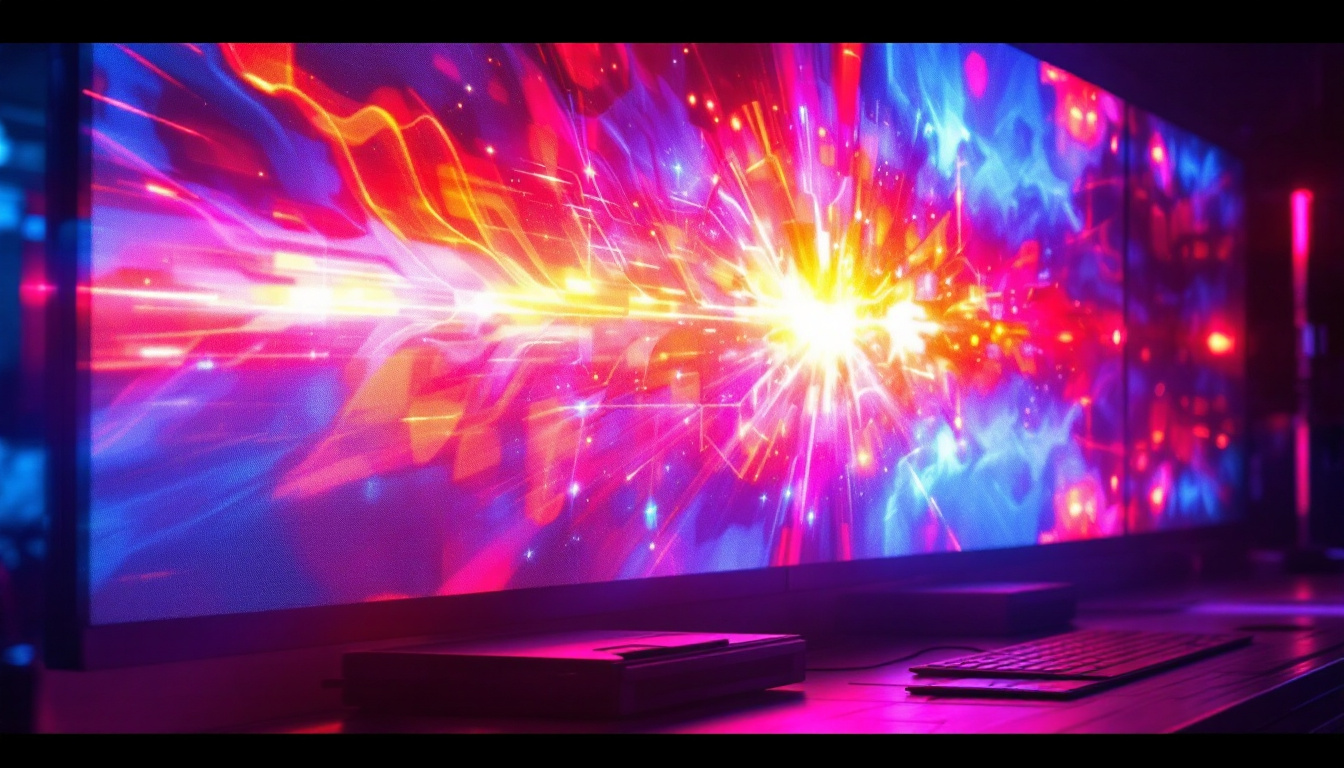In the realm of modern entertainment, stage LED screens have revolutionized the way audiences experience live performances. These high-definition displays not only enhance visual storytelling but also serve as a powerful tool for branding and marketing. This article delves into the intricacies of LED displays, exploring their technology, applications, and advantages in various settings.
Understanding LED Technology
At the core of stage LED screens lies Light Emitting Diode (LED) technology. LEDs are semiconductor devices that emit light when an electric current passes through them. This technology has evolved significantly over the years, leading to the creation of vibrant and energy-efficient displays that are now ubiquitous in the entertainment industry. The versatility of LED technology has transformed how lighting and visuals are integrated into performances, allowing for dynamic and immersive experiences that were previously unimaginable.
How LEDs Work
LEDs function by converting electrical energy into light through a process called electroluminescence. When electrons move through the semiconductor material, they release energy in the form of photons, which is perceived as light. The color of the light emitted depends on the materials used in the semiconductor. This intricate process not only contributes to the brightness of the displays but also enhances their longevity, making LEDs a sustainable choice for both temporary and permanent installations.
In stage LED screens, multiple LEDs are arranged in clusters to form pixels. Each pixel typically consists of red, green, and blue (RGB) diodes, allowing for the creation of a full spectrum of colors. By adjusting the intensity of each color, LED displays can produce stunning visuals that captivate audiences. The ability to achieve high contrast ratios and deep blacks further enhances the viewing experience, making LED screens ideal for showcasing intricate details in performances, from the subtle nuances of a theatrical production to the explosive visuals of a concert.
Types of LED Displays
There are several types of LED displays, each designed for specific applications. The most common types include:
- Direct View LED (DVLED): These displays are made up of individual LED modules that can be assembled into large screens. They are often used for outdoor events due to their brightness and durability. DVLED technology is particularly effective in environments with high ambient light, ensuring that visuals remain clear and vibrant even in direct sunlight.
- LED Video Walls: Comprising multiple LED panels, these walls can create expansive displays for concerts and festivals. They offer high-resolution images and can be configured in various shapes and sizes. The modular nature of LED video walls allows for creative flexibility, enabling designers to craft unique visual experiences that enhance the storytelling aspect of performances.
- Transparent LED Screens: These innovative displays allow light to pass through, making them ideal for retail environments and architectural applications. They provide a unique way to showcase content without obstructing views. Transparent LED screens can be integrated into windows or glass facades, creating an eye-catching blend of digital content and physical space that attracts attention while maintaining an open atmosphere.
In addition to these types, there are also specialized LED displays designed for specific industries, such as sports arenas and broadcasting studios. These displays often incorporate advanced technologies like high refresh rates and low latency to ensure that the visuals are not only stunning but also synchronized perfectly with live events. As LED technology continues to advance, we can expect even more innovative applications that push the boundaries of visual storytelling in various fields.
Applications of Stage LED Screens
Stage LED screens have found their place in a variety of settings, from concerts and theater productions to corporate events and sporting activities. Their versatility and visual impact make them an essential component of modern presentations.
Concerts and Live Performances
In the music industry, stage LED screens have become a staple. Artists utilize these displays to create immersive experiences that enhance their performances. High-definition visuals, synchronized with music, can evoke emotions and engage the audience on a deeper level.
Moreover, LED screens can be programmed to display dynamic content, such as animations, videos, and live feeds, which adds an extra layer of excitement to live shows. This technology allows performers to connect with their fans in ways that were previously unimaginable.
Theater and Performing Arts
In theater productions, stage LED screens serve as a versatile backdrop that can transform the setting in an instant. They can depict various scenes, create atmospheric effects, and even simulate weather changes. This adaptability allows directors to push the boundaries of traditional storytelling.
Additionally, LED displays can be used to project subtitles or translations, making performances accessible to a wider audience. This feature is particularly valuable in multicultural settings, where language barriers may exist.
Corporate Events and Presentations
For corporate events, stage LED screens are invaluable tools for branding and communication. Companies use these displays to showcase their products, share important information, and engage attendees. The high visibility of LED screens ensures that messages are conveyed effectively, even in large venues.
Furthermore, LED technology allows for creative presentations. Businesses can incorporate videos, animations, and interactive content to captivate their audience, making their events more memorable and impactful.
Advantages of Using Stage LED Screens
The adoption of LED screens in various applications comes with numerous benefits. Understanding these advantages can help organizations make informed decisions when planning events or performances.
High Brightness and Visibility
One of the most significant advantages of LED screens is their brightness. Unlike traditional projection systems, which can struggle in well-lit environments, LED displays maintain their visibility even under direct sunlight. This quality makes them ideal for outdoor events, where lighting conditions can vary dramatically.
The high brightness levels also contribute to the vibrancy of colors, ensuring that visuals are striking and engaging. Audiences can enjoy a clear view of the content from various angles and distances, enhancing the overall experience.
Energy Efficiency
LED technology is renowned for its energy efficiency. Compared to traditional lighting systems, LED screens consume significantly less power while delivering superior brightness and color quality. This efficiency not only reduces operational costs but also minimizes the environmental impact of events.
Furthermore, the longevity of LED displays means that they require less frequent replacements, contributing to lower maintenance costs over time. This combination of energy savings and durability makes LED screens a smart investment for both short-term and long-term use.
Flexibility and Customization
Stage LED screens offer unparalleled flexibility in terms of design and configuration. They can be arranged in various shapes and sizes to fit the specific requirements of any event. This adaptability allows for creative staging solutions that can transform a venue and enhance the overall aesthetic.
Additionally, LED screens can be customized to display a wide range of content, from static images to dynamic videos. This versatility enables event planners and performers to tailor their presentations to suit their audience and objectives, ensuring a unique experience every time.
Challenges and Considerations
While stage LED screens offer numerous advantages, there are also challenges that need to be addressed. Understanding these considerations is essential for successful implementation.
Cost Implications
One of the primary challenges associated with stage LED screens is their initial cost. High-quality LED displays can be expensive to purchase or rent, which may be a barrier for smaller organizations or events. However, it is crucial to view this investment in the context of the long-term benefits they provide.
When considering the total cost of ownership, including energy savings and reduced maintenance, LED screens often prove to be more economical over time. For many organizations, the enhanced audience engagement and branding opportunities justify the upfront expense.
Technical Expertise
Operating stage LED screens requires a certain level of technical expertise. Event planners and technicians must be familiar with the setup, programming, and maintenance of these systems to ensure optimal performance. This requirement can pose a challenge, particularly for smaller events with limited resources.
To mitigate this issue, many companies offer rental packages that include technical support. By partnering with experienced professionals, organizations can ensure that their LED displays are set up correctly and operate smoothly throughout the event.
Environmental Considerations
While LED technology is generally more environmentally friendly than traditional lighting options, there are still environmental considerations to keep in mind. The production and disposal of electronic components can have ecological impacts. Therefore, it is essential to choose LED screens from manufacturers who prioritize sustainability and responsible sourcing.
Additionally, event organizers should consider the overall environmental footprint of their events, including transportation, energy use, and waste management. Implementing sustainable practices can help minimize the negative impacts associated with large-scale productions.
The Future of Stage LED Screens
As technology continues to advance, the future of stage LED screens looks promising. Innovations in display technology, such as microLED and organic LEDs (OLEDs), are expected to further enhance the capabilities of these systems.
Emerging Technologies
MicroLED technology, for instance, offers higher resolution and improved color accuracy, making it an exciting prospect for future displays. This technology utilizes microscopic LEDs to create individual pixels, resulting in stunning visuals and greater flexibility in design.
Furthermore, OLED technology provides deeper blacks and a wider color gamut, which could redefine the visual experience for audiences. As these technologies become more accessible, they are likely to be integrated into stage LED screens, pushing the boundaries of what is possible in live entertainment.
Integration with Augmented and Virtual Reality
The integration of LED screens with augmented reality (AR) and virtual reality (VR) is another area of growth. As these technologies become more mainstream, they offer exciting opportunities for immersive experiences in live performances and events.
By combining LED displays with AR and VR elements, event organizers can create interactive environments that engage audiences in unprecedented ways. This fusion of technology is set to redefine the future of entertainment, making it more dynamic and engaging.
Conclusion
Stage LED screens have transformed the landscape of live entertainment, offering unparalleled visual experiences that captivate audiences. With their high brightness, energy efficiency, and flexibility, these displays have become essential tools for performers and event organizers alike.
While challenges such as cost and technical expertise exist, the long-term benefits and innovations on the horizon make LED screens a worthwhile investment. As technology continues to evolve, the future of stage LED displays promises even more exciting possibilities, ensuring that they remain at the forefront of the entertainment industry.
Discover the Future of Visual Experience with LumenMatrix
Ready to elevate your live events with the most advanced LED display technology? LumenMatrix is at the forefront of creating immersive visual experiences that truly captivate and engage. From Indoor and Outdoor LED Wall Displays to innovative solutions like Vehicle LED Displays, LED Posters, and even Custom LED Displays, we have the perfect solution to bring your vision to life. Embrace the future of visual storytelling and Check out LumenMatrix LED Display Solutions today to transform your stage and captivate your audience like never before.

